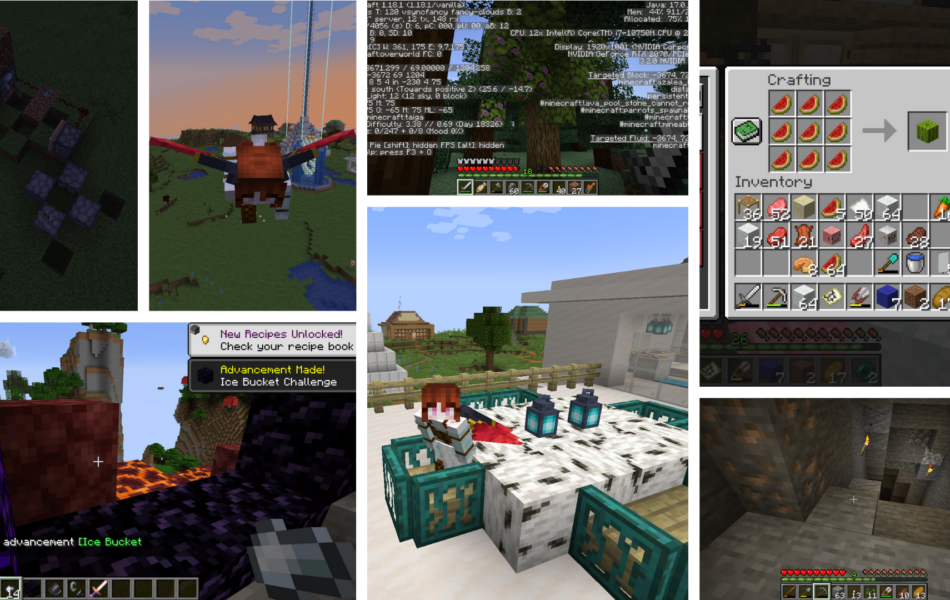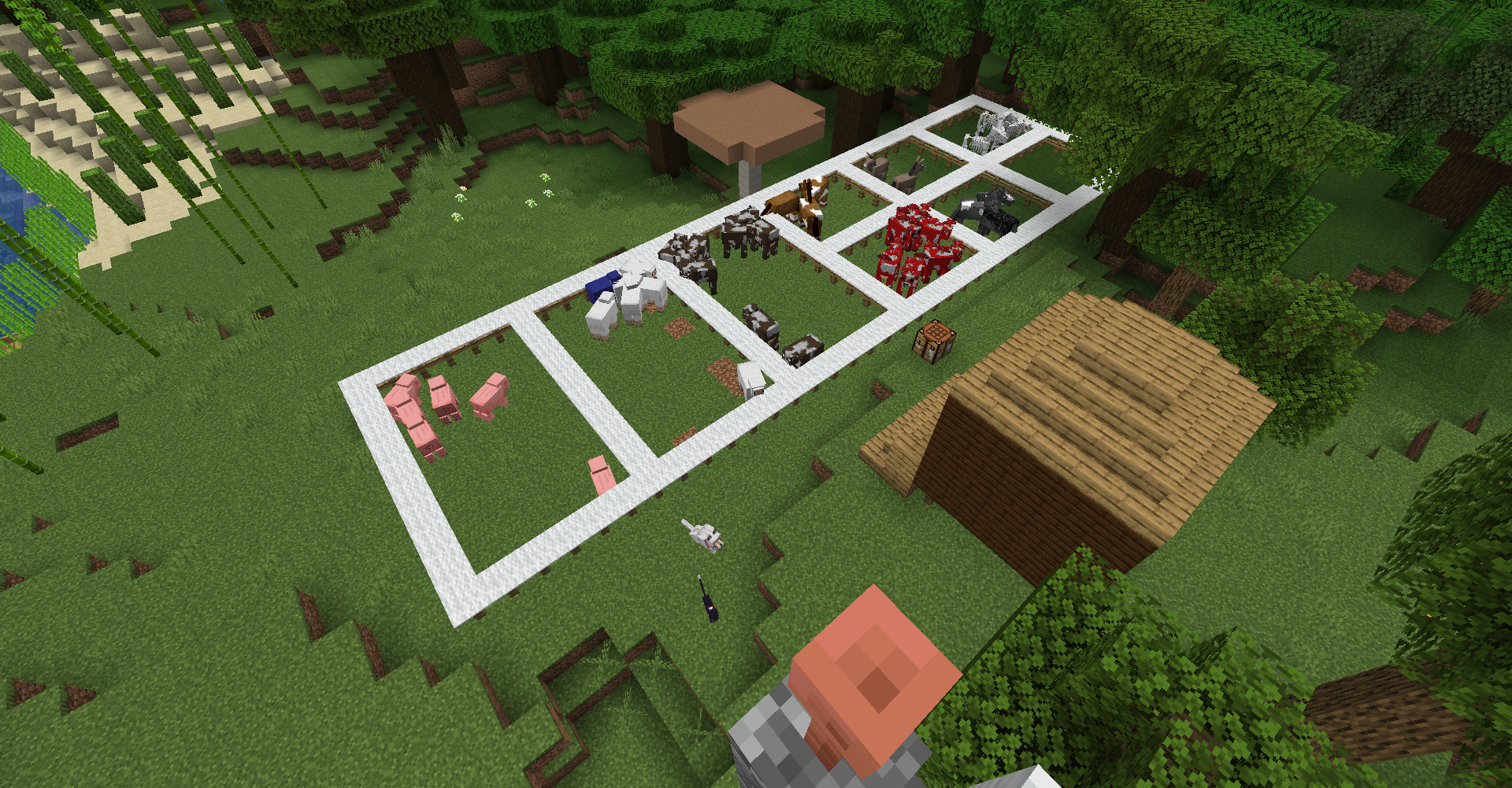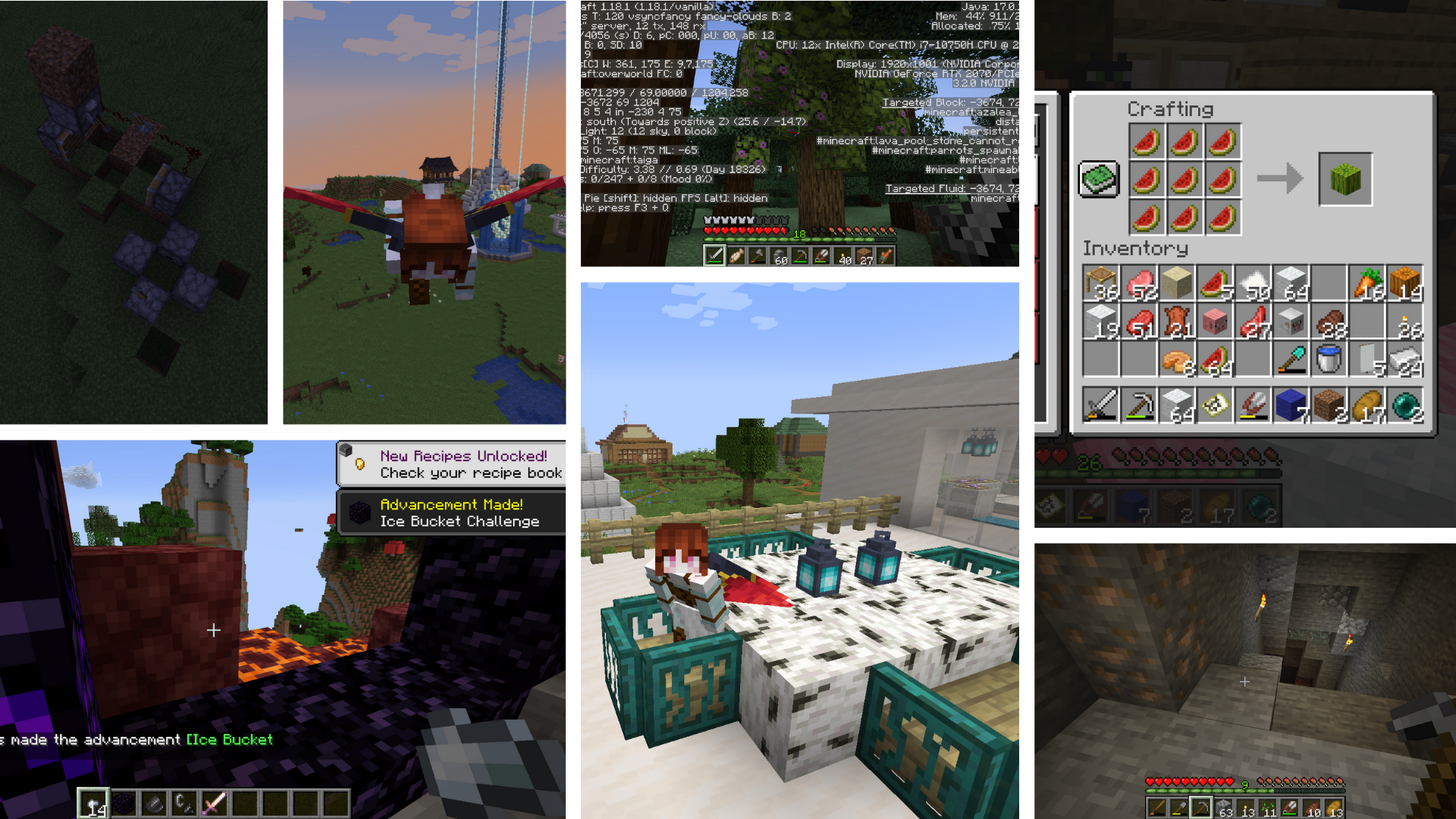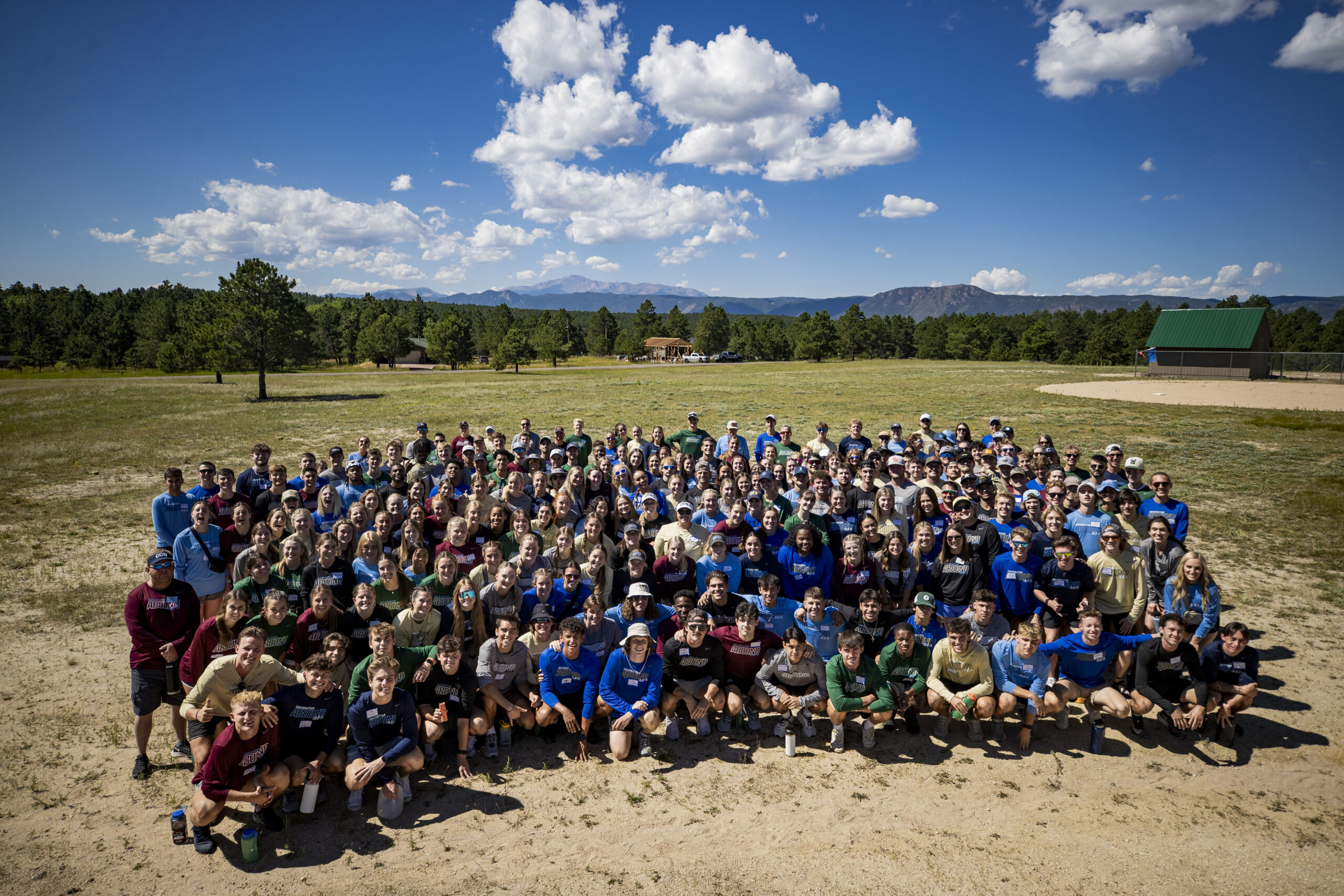
Minecraft – How Does It Work?
You know what I hear on the CCU campus a lot?
“Why can’t my computer run Minecraft?!? It’s a block game!”
Why yes, it is a “block game”, average CCU student, but that blocky simplicity is merely a front for all the rest of what Minecraft is. After all, Minecraft is a video game, and a modern one at that. Modern video games come with a whole host of complexity that we don’t see behind the scenes. Don’t believe me? Well, allow me explain video games to you, Minecraft style.
- Minecraft’s medium: the Video Game
As mentioned above, Minecraft is a video game, but you may have forgotten how video games set themselves apart from other media. Unlike movies, pictures, or animations, video games render all their pretty visuals for your viewing pleasure in real time. Rendering is the process in which all the digital pixels of a visual are coded and arranged to create the image we see, and the more complicated the image is, the more time and hard-ware power it takes to complete it. For example, Pixar’s animated movies can take thousands of hours to even render a couple minutes of the film, and they have super-powerful computers that cost tens of thousands more than any of your devices, I bet. We won’t even see the final film until it’s in its finished, set-in-stone form. Video games don’t have that luxury. They’re interactive experiences, which means the rendering of visuals, and which ones to render, has to wait on what the gamers do. A video game can’t render in a location until a player goes there. A video game can’t play a cutscene until the player reaches a certain point. So next time your poor gaming device is huffing and puffing, give it some grace. It’s breaking its back for you to bring you the experiences you love.
- Minecraft is Open World
It should also be noted that Minecraft’s world maps are without boundaries, hence an “Open World”. Being without boundaries means that players can explore wherever, and the world will just keep on going! But while you’re walking around trying not to get snuck up on by Creepers, the game has to randomly create and render in new sections to your growing world map at a moment’s notice, and we call each of these sections a “chunk”. Minecraft creates these new parts of your playground using the “chunks system”: every time you move beyond the already rendered chunks, it creates a new one.
But you see, these “chunks” start building up fast. The farther you explore, the more chunks you have, which means more data that the game has to keep track of. More data, especially data that will need to be called upon at a moment’s notice, means lots of demand to the processing power of your device. Just like when we try to multi-task, keeping track of everything is hard, and your device negates that by working the hardware of your chosen device even harder.

- Minecraft’s Entities
In Minecraft, an “entity” can be a wide range of items. The common “entity” is often an enemy mob or an animal, but it can also be things like dropped items, a boat, or even your humble chests! What sets them apart from any other block or item in a game? Well, it’s because they often have some animation or higher function tied to them. Dropped items float up and down on the ground so you can pick up the item again. Sheep and zombies move around your world for you interact with them. Chests store items you don’t want in your inventory and keeps track of what’s there for when you open the chest later.
Now, what happens when you put all these entities on the “playing field”? Simply put, processing chaos, similar to a bunch of toddlers in a room together. The more of these entities you have active around the player, the more “multi-tasking” your device must do to run all their functions and animations at once. This often leads to your game lagging, which is when the visuals become choppy and button inputs are delayed or unresponsive. No one likes that! Entities can become even more disastrous when a bunch of them cram into a small, confined space. This “entity cramming” not only lags your game but can also lead to a death if your character is crammed in with them. And yes, there’s a special kill message for it. Thanks for that one, Minecraft.

- The Particle Physics
Everyone knows what a particle is! It’s those small, tiny units of something, be it dust or electrons. For Minecraft, and other video games, they use “particles” to enhance visual details or depth. That’s great and all, but for those particles to have a decent amount of visual impact, they have to be a part of the scene in masses. Similar to entities, the more of these particles you have, the more at risk you are to lag. Each particle is an individual unit that has to run in tandem with the other particles, simulating unity in real time. Talk about a lot to keep track of!

- Adjustable Render Distance
Remember video games having to wait for player inputs? Well, in most games, how much is displayed around the player is a set operation. Because of this, game developers know exactly which areas they need to make look nice to the player. Minecraft, on the other hand, lets players determine how much you can see at once. We call this the “render distance” and determines how many blocks away you can see in any given direction of your player. As with all these other examples, the more blocks you ask the game to render in for you, the more demanding the game is going to be on your gaming device. The farther you can see, the better eyes you need, or digital hardware, in this case.

- Finally, there’s just so much to Minecraft!
Want to know why Minecraft is so successful? Simple: It’s a game with near limitless options! Three different gameplay modes. Hundreds of blocks and items and entities. A complex “Redstone” system to create machines and engineering feats. Multiplayer to play with friends locally and online. And that’s only the “vanilla” version of Minecraft! Minecraft supports mods, which are modifications to the game itself, allowing coders and players alike to alter the game in whatever way they like! Adding blocks. Changing the appearance of items already in the game. Creating “plug-ins” that trigger “mini-game” situations. Minecraft is a game all about letting creativity go wild, but that means that the game itself needs to be steady as bedrock. It’s the foundation upon which player’s creativity flourishes, so it needs to be able to handle the chaos of players’ tinkering. That’s not easy to do, if you know anything about coding. Code can be notoriously finicky on a good day, much less when you start poking at it. Which is why most games are much more “closed away”, not letting players go beyond the defined boundaries. Minecraft is a rare gem in that way. Players are encouraged to play how they want to play, no matter how crazy or wacky that may be.

So, have I convinced you? Video games are a complex medium, with a lot going on behind the scenes. No matter how humble a game may seem, there’s thousands of lines of code and systems your devices must run in real-time. But that’s part of why I love the medium so much: the challenge. There’s always something new to learn! And with a vast game like Minecraft, that is most certainly the case.







